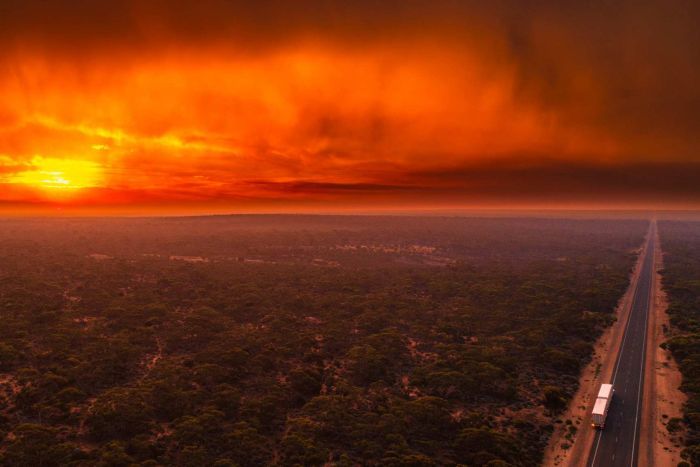Climate tipping point
A new research has revealed that an increase of 1.5 from pre-industrial levels would trigger multiple climate tipping points. Presently, some parts of West Antarctic ice sheets, an important marker, have already passed tipping point.
Key facts
- Climate tipping points (CTPs) are indicators of a large climate system, which when triggered beyond a threshold, perpetuate warming on its own.
- Some CTPs triggers include substantial sea level rise caused by melting ice sheets, shrinking of Amazon Rainforest or corals and warming caused by carbon released from the melting permafrost.
- A new study analysed 9 previously-identified tipping elements and their corresponding timescale and impacts of tipping.
- The researchers increased the list of potential tipping points from 9 to include other possible tipping points.
- They revealed that human emissions have already pushed the tipping point to dangerous levels, some of which are irreversible.
- Thus, the goal set by the UN’s Paris Agreement to limit warming at 1.5 to 2°C will not be able to avoid the adverse consequences of the climate change as several of the climate tipping points have already been triggered.
- Tipping points can be triggered even at 1.5°C, which is not a safe level of warming but better than the 2°C mark.
- Even a few tenths of a degree of excessive temperature could trigger new tipping points.
- If it goes beyond 1.8°C, ocean convection in the Labrador and Irminger Seas in the North Atlantic would collapse and Europe and North America would witness extreme weather conditions. There will also be a shift of subtropical monsoon patterns to new positions, especially in West Africa.
- In the scenario of 4°C rise, the wider Atlantic Meridional Overturning Circulation would collapse and severely disrupt the monsoon systems across the world.
- This would cause major changes in the Atlantic, with significant decline in sea ice and abrupt shifts in the boreal forest position worsening the rising temperature and causing significant changes in weather patterns.
Month: Current affairs - September, 2022
Category: Environment Current Affairs


